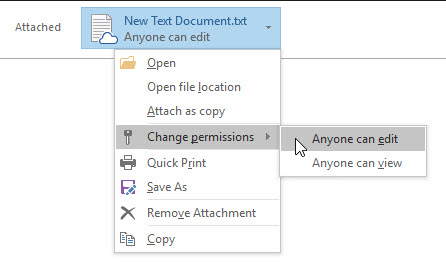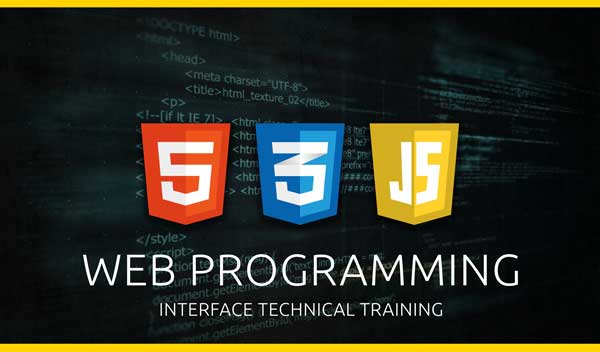-->
- Exchange Server 2016 Step By Step
- Exchange Server 2016.iso
- Exchange Server 2016 Requirements
- Exchange Server 2016 Api
- Exchange Server 2016 Iso
Exchange Server 2016 and Exchange Server 2019 are available in two server editions:
Enterprise Edition: Can scale up to 100 mounted databases per server.
Standard Edition: Limited to five mounted databases per server.
Exchange Server 2016 Step By Step
Step 2: Installing Pre-Requisites. Open Windows PowerShell as Administrator, and run the sconfig utility to install the latest Windows Updates. Exchange Server 2016 requires the update described in Microsoft Knowledge Base article KB3206632. Without this update, Exchange Server 2016 will not work reliably on Windows Server 2016. Only Exchange 2019 can be installed on Windows Server 2019. Here is a table from an official document. We can see that Exchange 2016 should be installed on Windows Server 2016, Windows Server 2012 R2 and Windows Server 2012. For more information, please check: Supported operating system platforms.
Cumulative Update 7 for Microsoft Exchange Server 2016 was released on September 19, 2017. Several nonsecurity issues are fixed in this cumulative update or a later cumulative update for Exchange Server 2016. A new installation of Exchange Server 2016 involves applying an Active Directory schema update, as do most Exchange Server cumulative updates, as well as preparing the Active Directory domains where Exchange Server 2016 and any mail-enabled objects will be located. Exchange 2016 CU7 and later Exchange 2016 CU3 to CU6 Exchange 2016 CU2 and earlier Exchange 2013 SP1 and later Exchange 2010 SP3 RU22 or later Exchange 2010 SP3 RU5 - RU21; Windows Server 2019 Active Directory servers: Supported: Supported: Not supported: Not supported: Not supported: Not supported: Not supported: Not supported: Windows Server.
A mounted database is a database that's in use (an active mailbox database that's mounted for use by clients or a passive mailbox database that's mounted in recovery for log replication and replay). While you can create more databases than the described limits, you can only mount the maximum number of databases that are allowed by the edition of Exchange. Note that the recovery database doesn't count towards these limits.
The server editions are defined by a product key. When you enter a valid product key, the supported edition for the server is established. For more information, see Enter your Exchange Server product key.
Notes:
You can use a valid product key to move from the Trial Edition (evaluation version) of Exchange to either Standard Edition or Enterprise Edition. No loss of functionality occurs after the Trial Edition expires, so you can maintain lab, demo, training, and other non-production environments beyond 120 days without having to reinstall the Trial Edition of Exchange or entering a product key.
You can use a valid product key to move from Standard Edition to Enterprise Edition.
You can't use a valid product key to downgrade from Enterprise Edition to Standard Edition or revert to the Trial Edition. You can only do these types of downgrades by uninstalling Exchange, reinstalling Exchange, and entering the correct product key.
Exchange Server versions
For a list of Exchange Server versions and how to download and upgrade to the latest version of Exchange, see the following topics:

To view the Exchange version and edition information for all Exchange servers in your organization, run the following command in the Exchange Management Shell:
Exchange Server license types
Exchange 2013 and all later versions use a licensing model that's similar to how Exchange 2010 was licensed:
Server licenses: A license must be assigned for each Exchange server. The Server license is sold in two server editions: Standard Edition and Enterprise Edition.
Client Access licenses (CALs): Exchange also comes in two CAL editions, which are referred to as a Standard CAL and an Enterprise CAL. You can mix and match the Exchange server editions with the CAL types. For example, you can use Enterprise CALs with Standard Edition or Standard CALs with Enterprise Edition.
For more information about Exchange license types, see Exchange Licensing FAQs.

Microsoft Exchange Server 2016 is a upgrade from Exchange Server 2013 with few changes. Microsoft released OEM version of Exchange 2016 in October 2015. Exchange 2016 is more cloud focused where the new features have enhanced from Microsoft’s cloud Office 365. In this post, I will explain New Features of Microsoft Exchange Server 2016.
New Features of Microsoft Exchange Server 2016
Server Roles
Exchange Server 2016.iso
The major change in Exchange Server 2016 is server role. In Exchange 2013, there were three roles, Mailbox server role, Client Access server role and Edge Transport server role. Exchange 2016 have just two server roles, Mailbox server role and Edge Transport server role.
- Mailbox Server Role: Mailbox server role in Exchange 2016 compared to Exchange 2013 includes both Mailbox server role and Client access server role. This simplifies the installation and management of Exchange 2016.
- Edge Transport Server Role: Edge Transport server role is similar to Transport role in Exchange 2013. It is installed in DMZ network and provides anti-virus and anti-spam functionality.
Clients
Exchange Server 2016 Requirements
- Outlook on the web (aka Outlook Web App): Outlook on the web is now updated with new web interface with faster email and people search.
- MAPI over HTTP: MAPI over HTTP was introduced in Exchange 2013. It is now the default protocol that Outlook uses to communicate with Exchange server. Exchange 2016 also supports Outlook Anywhere (RPC over HTTP) and is the fall back option for clients that do not support MAP over HTTP. If you are installing Exchange 2016 in existing Exchange 2013 environment then MAPI over HTTP will not be used by Outlook clients, instead Outlook Anywhere will be used.
- Document Collaboration: Exchange 2016 with Sharepoint 2016 allows Outlook on the web users to link and share documents stored on One Drive for business or on-premise SharePoint server instead of attaching the files. If you are running Office Online Server on-premise, you can edit documents using Outlook on the web.
Office 365 Hybrid
In Exchange 2016, Hybrid Configuration Wizard (HCW) is not included. Instead, when you choose to install hybrid deployment in Exchange 2016, you will be asked to download and install HCW as a small app.
Messaging Policy and Compliance
- Data Loss Prevention: DLP is a feature that allows companies to protect sensitive information from being exposed, like credit card information, social security number and so on. In Exchange 2016, you can now identify and protect 80 different types of data using Data Loss Prevention and transport rules features. DLP has introduced new conditions and actions.
- In-place Archiving, retention and eDiscovery: You can now perform eDiscovery and hold on public folders in Exchange 2016. Exchange 2016 also introduces compliance search tool using which you can search unlimited number of mailboxes. However, compliance search feature is available only using Exchange Management Shell.
These are some new features of Exchange 2016. You will find lot more new features if you are coming from Exchange 2010 world.

Exchange Server 2016 Api
You may also like -
Exchange Server 2016 Iso
- Install Exchange 2019 in Windows Server 2019 - November 28, 2020
- Why Backup your Microsoft Office 365 - November 27, 2020
- What’s New in VMware vSphere 7 - September 18, 2020